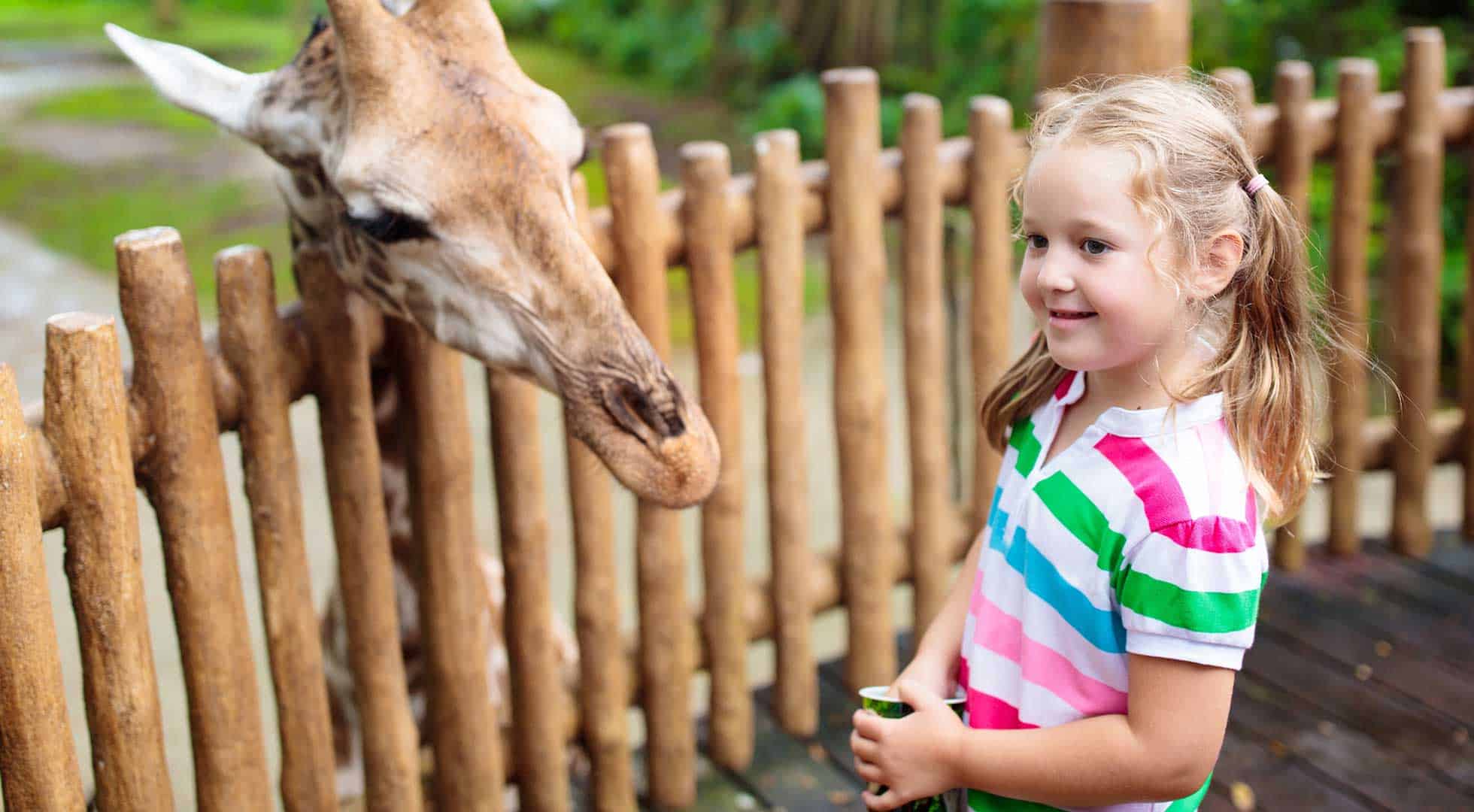Paediatrician’s Guide: Boost Your Child’s Development with Sensory Play

Engaging Your Child in Sensory Play
Have you wondered why babies constantly put things in their mouths or seem eager to touch and smell everything around them? The answer is simple. Children need these sensory inputs. Sensory play is a vital component of child development, providing opportunities for children to explore their surroundings through their senses. This type of play involves activities that stimulate sight, sound, touch, taste, and smell, promoting cognitive, social, and emotional growth. It also helps to develop balance and movement (vestibular) and body position (proprioception). Engaging your child in sensory play can enhance their creativity, problem-solving skills, and understanding of the world around them.
What is Sensory Play?
Sensory play refers to activities that engage one or more of the senses. This type of play can include anything from playing with sand or water to exploring different textures or scents. The primary goal is to allow children to experiment and discover through hands-on experiences, which is important for their brain development.
Benefits of Sensory Play
Cognitive DevelopmentSensory play encourages problem-solving and critical thinking, helping children develop the ability to tackle complex learning tasks. As they manipulate different materials, they learn about causes and effects, which enhances their understanding of the world around them. |
|
Fine Motor SkillsActivities like pouring, scooping, and molding help improve hand-eye coordination and dexterity, which are essential for writing and other tasks. |
|
Emotional RegulationSensory play can be calming for children, providing them with a way to regulate emotions such as anger and anxiety. It can also help them develop coping strategies for anxiety or stress. |
|
Social SkillsEngaging in sensory play with peers or siblings fosters collaboration and communication, teaching children how to share, negotiate, and work together. |
Types of Sensory Play
There are many types of sensory play. Outdoor activities are one of the best and easiest ways to integrate sensory play into your child’s routine. Experiencing nature through touch, sound, and sight is the most organic form of sensory play. Make time to visit the beach, parks, and gardens regularly.

A common misconception about indoor sensory play is that it must be complex or intricate. In reality, it can be as simple as pouring water into different cups, making a homemade rattle with a bottle and some rice, or making pancake together for breakfast. Get creative and design your own sensory experiences at home.
When selecting toys for your child, consider how they can engage their senses. Always pay attention to safety, as some toys can pose hazards, such as choking or foreign objects in the ear or nose. It is wise to supervise your child when they play with smaller items and store them safely after use.
There are also specialised indoor spaces that offer sensory play for children. For example, the Singapore Science Centre, interactive exhibitions, and various indoor playgrounds provide excellent opportunities for sensory exploration.

Engaging your child in sensory play is an enriching experience that can foster development across multiple domains. By incorporating simple, enjoyable activities into their routine, you can help your child explore their senses, develop essential skills, and learn about the world around them. After all, what is a childhood without mess, experimenting, and a whole lot of fun? Put those screens away and engage your children in some good quality play!



